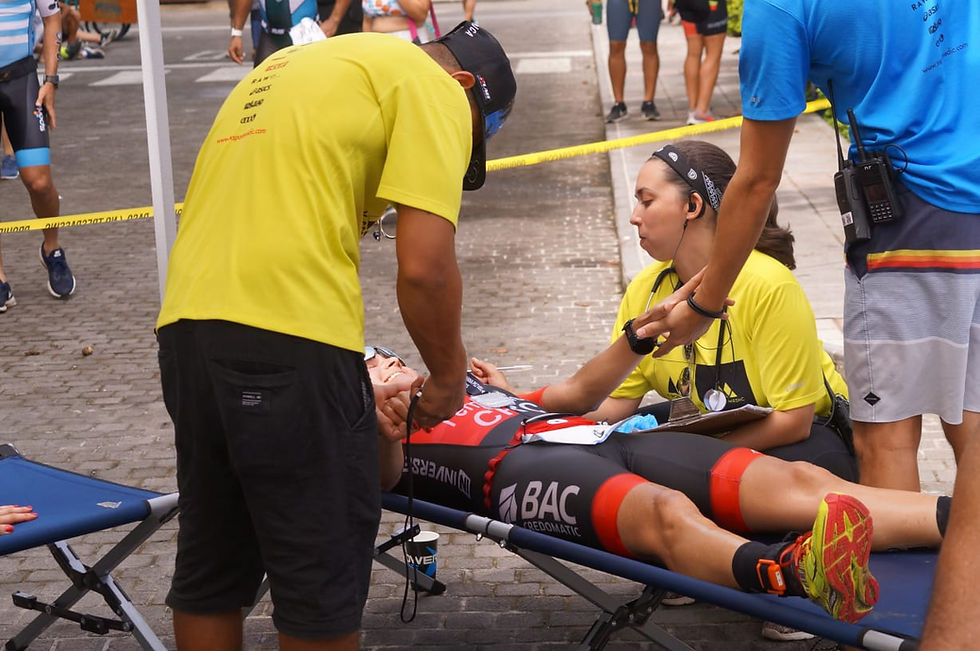Sporting Events Response
- mondriam

- May 30, 2024
- 2 min read
Updated: Sep 19, 2024
Forget stadiums! Outdoor extreme sports are the new frontier. Athletes battle untamed landscapes - mountains, rivers - in events that push human limits. Unlike controlled environments, these sports dance with the unpredictable power of nature. Kayakers fight rapids, mountain bikers conquer treacherous terrain. It's a thrilling mix of danger and excitement, demanding respect for nature's power.
These events showcase the pinnacle of human potential. Rock climbers defy gravity, base jumpers launch from dizzying heights. Technology captures the drama with drones, while social media fosters a global community celebrating the athletes' courage and the joy of pushing boundaries. Once niche activities, extreme sports are now a global phenomenon with sponsorships, professional athletes, and a dedicated fanbase.
From icy peaks to raging rivers, these events inspire awe. As technology and media coverage evolve, outdoor extreme sports will undoubtedly continue to captivate audiences worldwide.

1. Proper Organization Ahead of Time
Goal Setting: Defining clear and measurable goals for the event is crucial. Are you aiming to increase youth participation in a sport, raise funds for charity, or simply create a fun community event?
Budgeting: A realistic budget outlining all anticipated costs (venue rental, equipment, staff, insurance, marketing) is essential for financial viability.
Timeline Development: Creating a detailed timeline ensures all tasks are completed on time. Consider breaking it down into phases (planning, setup, event day, post-event) with deadlines for each stage.
Role Delegation: Assigning clear roles and responsibilities to individuals or teams prevents confusion and ensures everyone knows what they need to do.
2. Complete Analysis of the Event
Risk Assessment: Identifying potential risks (e.g., weather emergencies, medical issues, security breaches) and developing mitigation strategies is crucial for ensuring safety and a smooth event.
Logistics Planning: This involves securing a suitable venue, arranging necessary equipment (sound systems, scoreboards, medical supplies), and ensuring adequate security measures.
Participant Considerations: Understanding participant needs is key. Consider factors like age, skill level, dietary restrictions, and accessibility requirements.
3. Planning and Coordination
Effective Communication: Clear and consistent communication channels should be established between organizers, volunteers, participants, and any vendors. Regular meetings and updates are essential.
Collaboration: Fostering teamwork between all stakeholders is crucial. Sharing responsibilities and leveraging each other's expertise leads to a more efficient and successful event.
Contingency Planning: Having a plan B for unforeseen circumstances can minimize disruptions. This could involve backup equipment, alternative rain venues, or first-aid protocols.
4. Final Reports and Data Follow Up
Data Collection: Gather feedback through surveys, interviews, and attendance numbers. Track key metrics aligned with your goals (e.g., fundraising total, participant satisfaction).
Report Generation: Compile data and feedback into a comprehensive report that analyzes the event's success. Identify areas that met expectations and those requiring improvement.
Follow Up: Utilize learnings from the report to enhance future events. Share successes with sponsors and stakeholders, and address any participant concerns.
By implementing these in-depth steps at each stage, sporting event organizers can significantly increase their chances of creating a successful and memorable experience.



